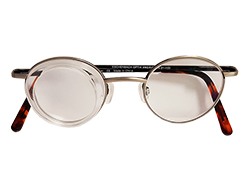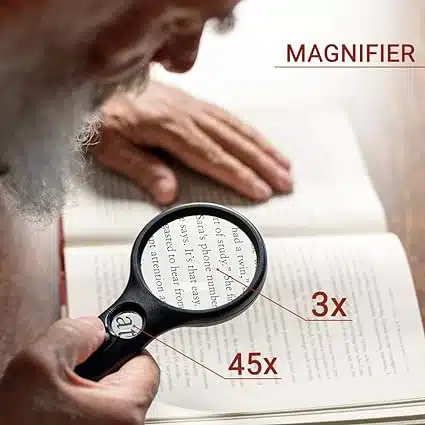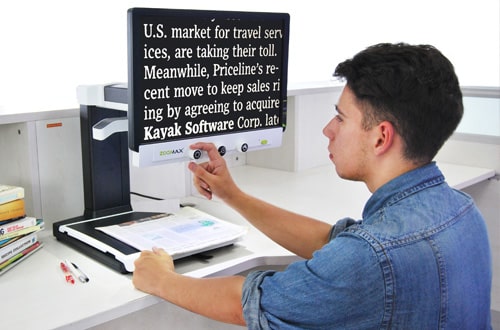Low Vision aids
low vision
LOW VISION AIDS
A person is said to have low vision if his vision in the better eye after treatment and refractive correction is < 6/18 or his field of vision is reduced to 10 degrees or less. The WHO categories of low vision are as under :
No impairment > or = 6/18
Visual impairment < 6/18 to 6/60
Severe visual impairment < 6/60 to 3/60 Blind < 3/60 to NPL
The pace at which the problem of low vision is being remedied must take long to bear result. Low vision services for people with impaired vision are needed extensively to rehabilitate them to a level of self sufficiency in performing their daily tasks. Such rehabilitation demands ideally the expertise of inter disciplinary group of professionals, who work with low vision persons toward the goal of enhancing their level of visual acuity.
Frequently Asked Questions
what is low vision ?
If ordinary eyeglasses, contact lenses or intraocular lens implants don’t give you clear vision, you are said to have low vision. Don’t confuse this condition with blindness. People with low vision still have useful vision that can often be improved with visual devices. Whether your visual impairment is mild or severe, low vision generally means that your vision does not meet your daily needs.
What is low vision devices ?
A low vision device is an apparatus that improves vision. There is no one device that restores normal vision in all circumstances, so you may need different devices for different purposes. If possible, try a device before you buy it to see if it is useful for you. There are two types of low vision devices: optical and non-optical.
What causes low vision ?
Though most often experienced by the elderly, people of all ages may be affected. Low vision can occur from birth defects, inherited diseases, injuries, diabetes, glaucoma, cataract and aging.
The most common cause is macular degeneration, a disease of the retina, the inner layer of the eye that senses light and allows you to see. Macular degeneration causes damage to central vision. It does not cause total blindness, because side [peripheral] vision is not affected.
Are there different types of low vision?
Yes. Although reduced central or reading vision is most common, low vision may also result from decreased side [peripheral] vision,loss of color vision or your eye might lose the ability to adjust to light, contrast or glare.
Different types of low vision may require different kinds of assistance. For example, people born with low vision have different needs from those who develop low vision later in life.
Optical Low vision devices -
Optical low vision devices use lenses or combination of lenses to provide magnification. They should not be confused with standard eyeglasses. There are five main kinds of optical devices ….
- Magnifying spectacles - are stronger plus lenses than ordinary glasses. When you use them, you need to hold your reading material very close; otherwise the print is out of focus. This may feel awkward at first, but you will become used to it. They are designed for close work, so magnifying spectacles leave both hands free to hold reading material.

- Hand magnifiers - are familiar to most people. With these, you can hold reading material at a normal distance.

- Closed-circuit television - produces an enlarged image on a television screen. With adjustable magnification, a closed-circuit television is often easier to use than other devices.

- Stand magnifiers - are on the reading material. Some have a self-contained light sourc.

- Telescopes - are used for distance magnification. They may be hand held for viewing distant objects, or mounted in spectacles.

Non-optical low vision devices
- Large-print books, newspapers and magazines
- Check-writing guides
- Large playing cards
- Enlarged telephone cards
- High-contrast watch faces
- Machines that talk [timers, clocks ,computers.
- Machines that scan print and read aloud.
- The simplest non-optical technique is getting closer to what you want to see. Holding reading material very close as one foot from the television screen will not cause eye damage, contrary to popular belief.
- Is lighting important for people with low vision?
- Correct lighting is as important as a low vision device. With no eye disorder, a 60-year-old person may need twice the illumination he or she needed at 20 to comfortably perform the same task. Some lighting tips. It should be close to your reading material for greatest visibility. High intensity lights with adjustable arms work well for this purpose.
- Hat brims block annoying overhead light.
- Absorptive lenses are useful in controlling glare .
Price list



Emergency Number


